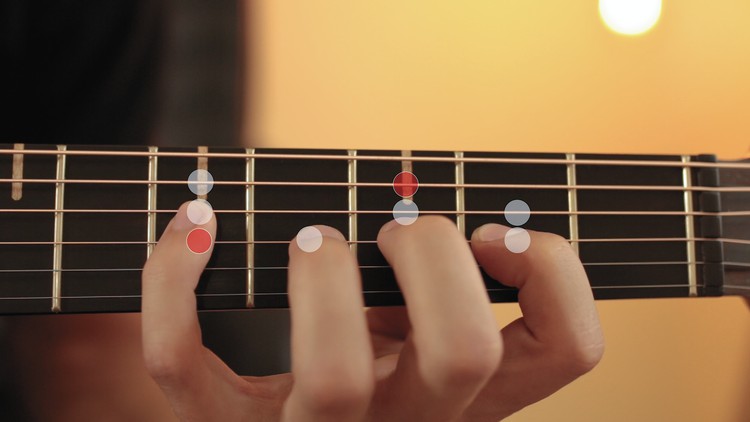
Navigate the fretboard with 2 small shapes (instead of 5 big scale shapes). Build solo/licks. Visual diagrams on guitar.
What you will learn
Build a mental model to easily visualize major and minor scales on a guitar fretboard.
Navigate the whole fretboard with just 2 small shapes (instead of 5 big scale shapes).
Create and develop melodies in any key on the spot.
Learn simple method to build your own soloes, as well as understand the structure behind the licks you already know.
More easily learn and make sense of new guitar licks.
Quickly find any note anywhere on a fretboard.
Learn the mere basics of music theory.
Description
The core of this course is simplified mental model, that, when fully grasped and applied, will change the way you visualize the major and minor scales on the fretboard.
Both major and minor scales have only 7 notes, so why should the scale shapes be any longer or more complex? So thought I every time trying to improvise using the 5 scale shapes, each time guessing, which one out of the 5 shapes should I use. They just didn’t work for me, so with time I came up with a simpler way to play scales, based on understanding the structure, not memorizing the big long shapes.
With just 2 small shapes combined together, and one simple rule how they are moved across the strings, you can easily cover the whole fretboard.
The key to better understanding is that in this course all the diagrams are drawn directly on the guitar, so you don’t have to guess behind the fingers, what notes are being pressed, or do the tedious mapping between the whiteboard pictures and the fretboard.
This course also has a quick music theory introduction, so that you can understand the words used in this course without any music theory background, and a simple method to finding notes so that you can play in any key.
Content